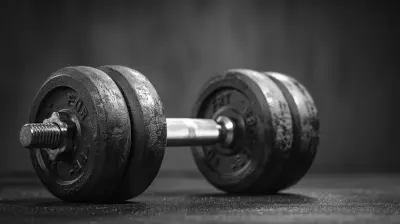The History of Alpine Skiing: From Ancient Origins to Modern Sport
12 August 2025
Alpine skiing is one of the most thrilling winter sports, blending speed, skill, and breathtaking mountain landscapes. But have you ever wondered how it all started? Skiing might seem like a modern-day adrenaline rush, but its roots go back thousands of years. Let’s take a trip through time and uncover the fascinating history of alpine skiing—from its ancient origins to the high-speed, high-tech sport we know today. 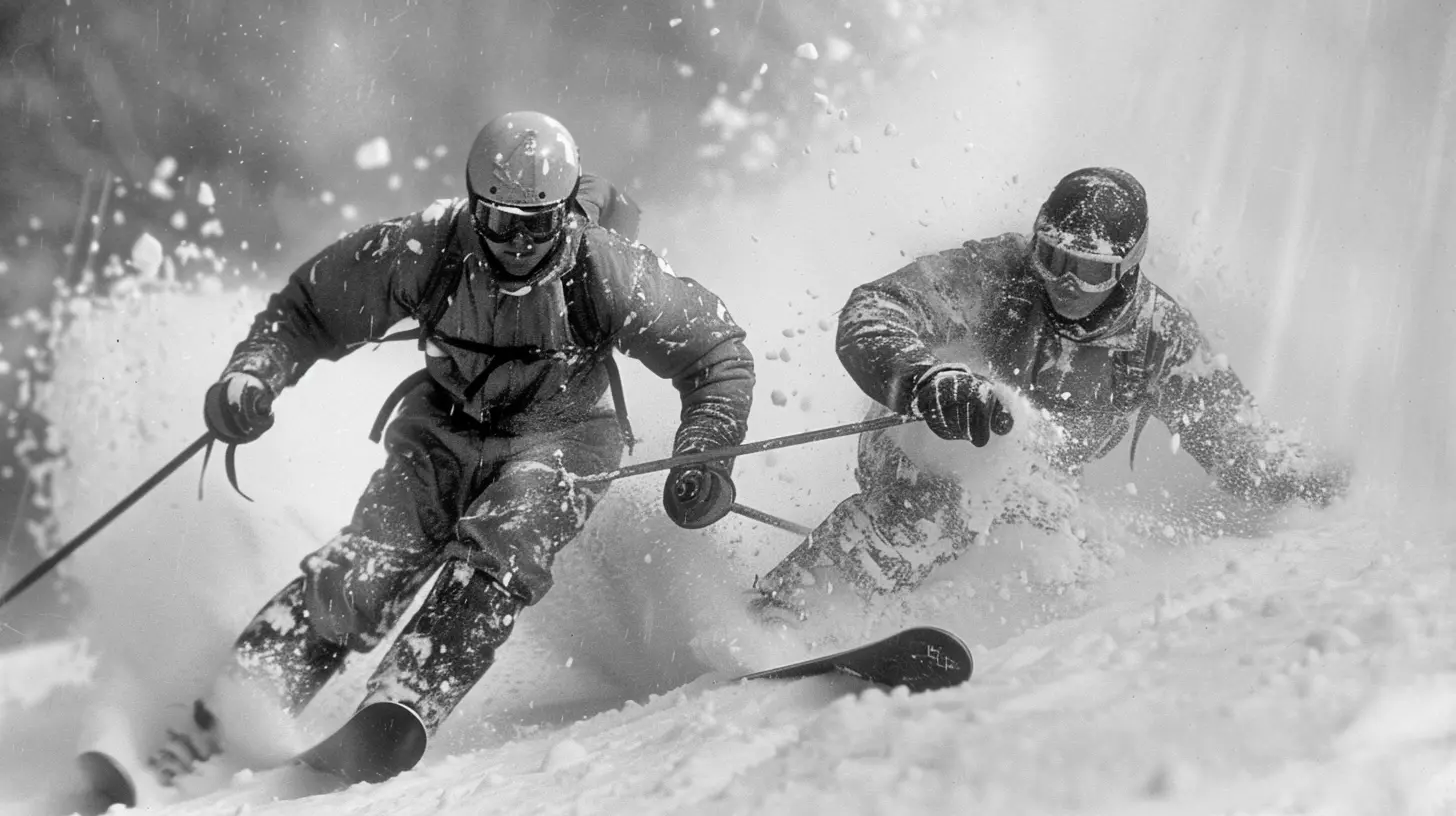
Ancient Beginnings: Skiing as a Survival Tool
Long before skiing became a competitive sport, it was a necessity for survival. The earliest evidence of skiing dates back over 8,000 years, with rock carvings found in northern China, Russia, and Scandinavia depicting humans traveling on wooden planks.The First Skis
The oldest known skis, discovered in Russia’s Lake Sindor region, are believed to be around 7,000-8,000 years old. These primitive skis were made from wood and had leather straps to secure them to the feet—nothing like the sleek, high-tech gear we see today!Scandinavia: The Birthplace of Ski Culture
While skiing was used in different parts of the world, Scandinavia played the biggest role in its early development. The word "ski" comes from the Old Norse word skíð, meaning "split piece of wood." In Norway and Sweden, ancient communities used skis to hunt, travel, and navigate through deep snow.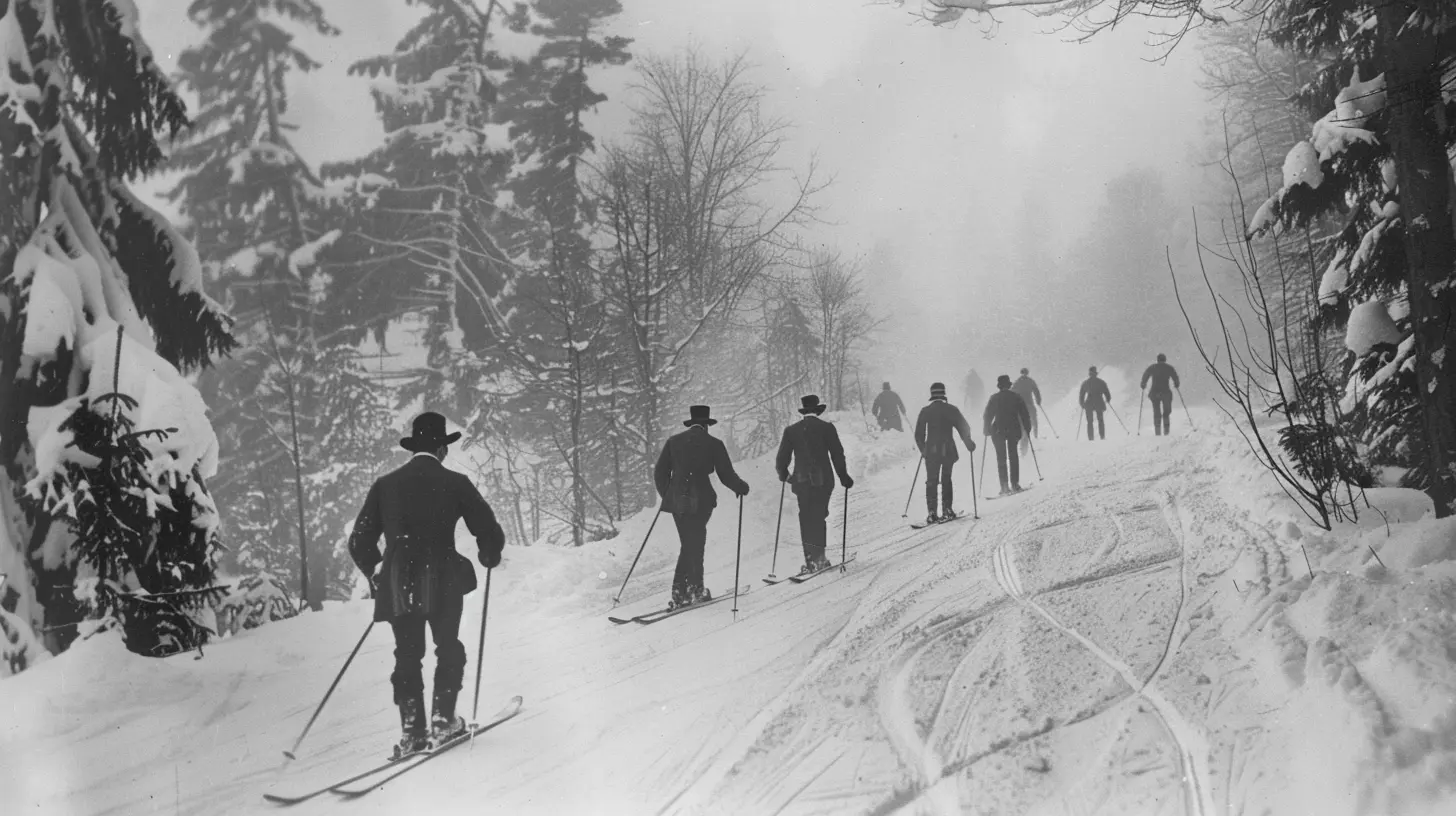
The Evolution of Skiing: From Transport to Sport
As civilizations advanced, skiing slowly transformed from a survival technique into a recreational activity.Military Skiing: The Warriors on Skis
In the 13th century, Norwegian soldiers used skis during battles. A famous example is the Birkenbeinerrennet, a legendary rescue mission in 1206 where two warriors skied through treacherous mountains to save the infant prince Haakon Haakonsson. This event is still commemorated today with an annual cross-country ski race in Norway.The Birth of Recreational Skiing
By the 18th and 19th centuries, skiing started shifting from necessity to enjoyment. In Norway, people began organizing informal ski races, and by the mid-1800s, ski jumping and downhill skiing became popular among locals.One of the key figures in skiing history was Sondre Norheim, known as the "father of modern skiing." In the 1860s, he revolutionized ski design, creating shorter, more curved skis for better maneuverability. He also introduced heel bindings, which allowed skiers to control turns more efficiently. 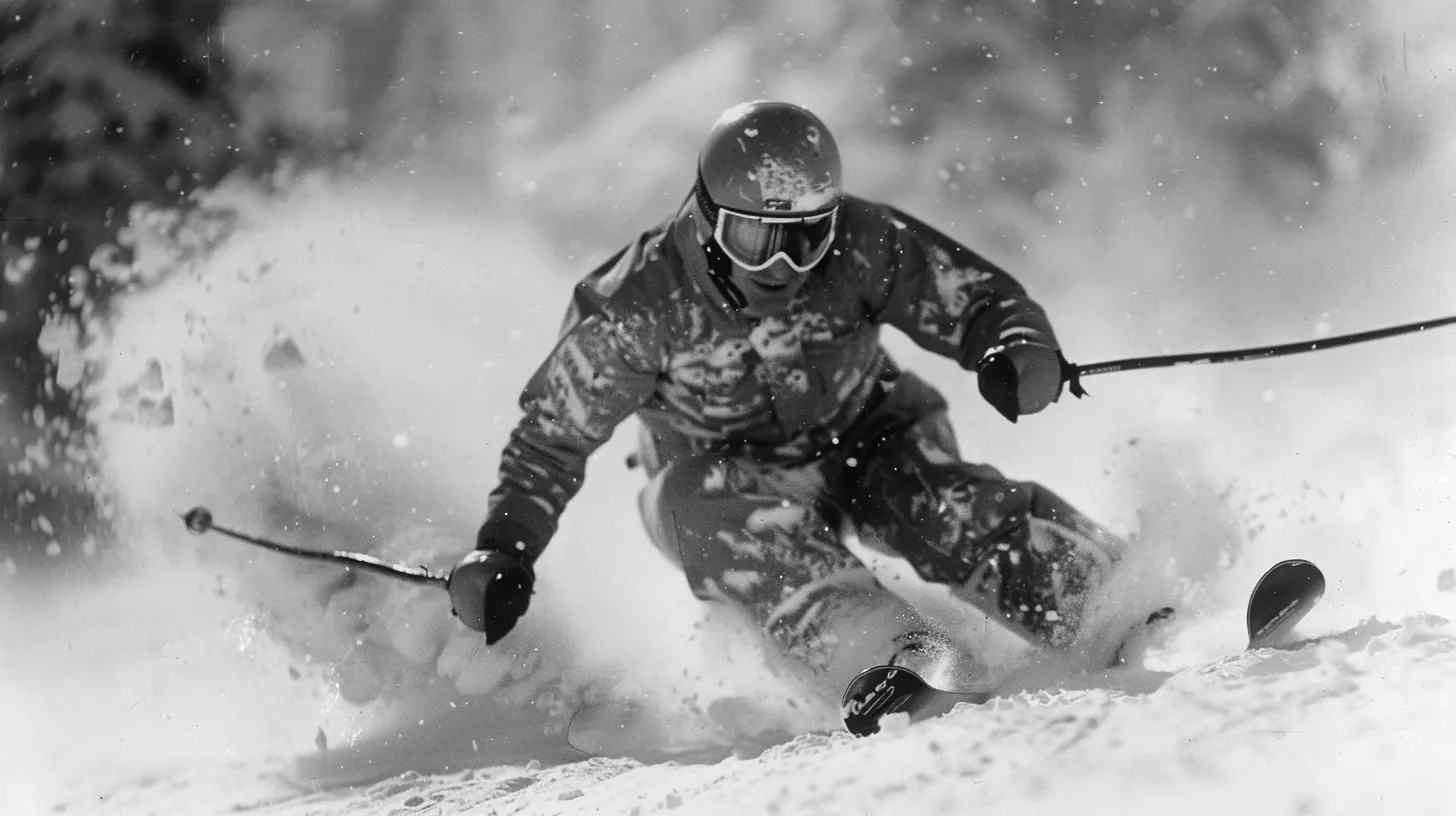
Alpine Skiing Takes Center Stage
Alpine skiing, as we know it today, really took off in the early 20th century with the rise of ski resorts and competitive racing.The First Ski Resorts
Skiing’s popularity exploded in the Alps, leading to the establishment of the first ski resorts. Towns like St. Moritz in Switzerland and Chamonix in France became hubs for winter sports enthusiasts. With improved transportation and the rise of ski lodges, skiing transformed from an elite pastime into an accessible recreational sport.The Birth of Competitive Skiing
The first recorded alpine ski race took place in 1922 in Mürren, Switzerland. Shortly after, skiing became an official sport with the inaugural FIS Alpine World Ski Championships in 1931. The prestige of alpine skiing grew, setting the stage for its Olympic debut.Alpine Skiing at the Olympics
Alpine skiing made its first Winter Olympics appearance in 1936, held in Garmisch-Partenkirchen, Germany. The debut included downhill and slalom events, with competitive skiing quickly gaining worldwide recognition.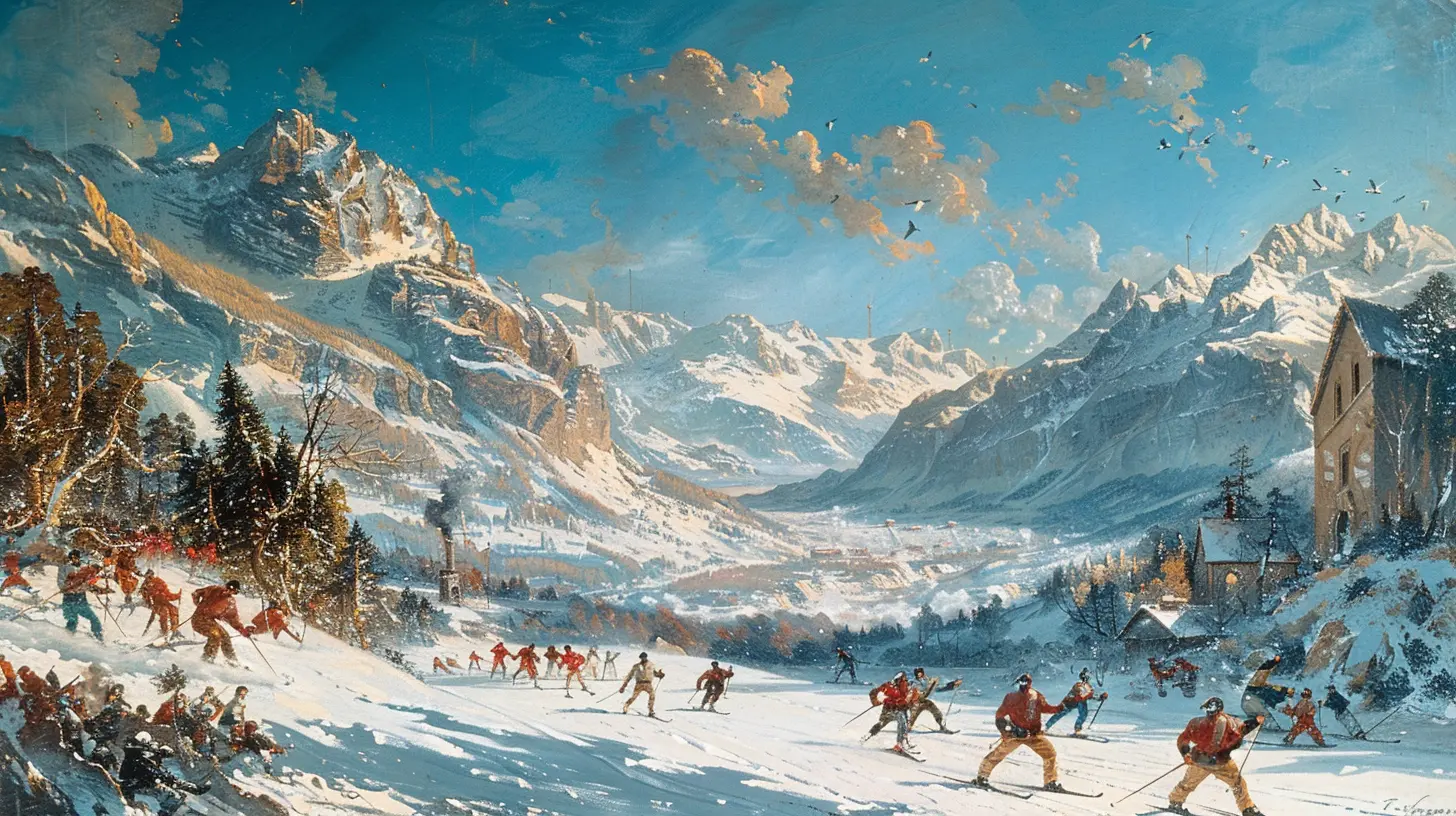
Innovation and Technology in Modern Alpine Skiing
Today’s alpine skiing is entirely different from its ancient beginnings. Advancements in equipment, technique, and safety have made the sport faster and more thrilling than ever.Ski Equipment Evolution
- From Wood to Carbon Fiber – Early skis were made of wood, but modern skis are crafted from lightweight and durable materials like carbon fiber, fiberglass, and metal laminates.- Bindings & Safety Improvements – Modern release bindings dramatically reduce the risk of injury by allowing boots to detach during falls.
- High-Tech Apparel – Ski suits are now designed for aerodynamics, allowing professional skiers to cut through wind resistance with ease.
Skiing Techniques & Training
Over the years, ski racing techniques have evolved. The carving technique, introduced in the late 20th century, allows skiers to turn smoothly with minimal speed loss. Additionally, advanced training methods, including video analysis and specialized gym workouts, help athletes enhance their performance on the slopes.The Global Impact and Popularity of Alpine Skiing
Alpine skiing isn’t just a European pastime anymore. The sport has exploded in popularity around the world, with major ski destinations in North America, Asia, and even South America.Skiing in North America
In the United States and Canada, skiing became popular in the early 1900s, leading to the development of famous resorts like Aspen, Vail, and Whistler. Today, North America hosts some of the most prestigious alpine skiing events, including World Cup races and the X Games.Winter Games and International Competitions
Since its Olympic debut, alpine skiing has grown into one of the most anticipated events in the Winter Games. Legendary athletes like Lindsey Vonn, Mikaela Shiffrin, and Hermann Maier have captivated audiences with their speed and skill, further boosting the sport’s global appeal.The Future of Alpine Skiing
With advancements in technology, safety, and sustainability, alpine skiing is evolving more rapidly than ever before.Sustainability and Skiing
Climate change poses a major challenge to the future of the sport. Many ski resorts are investing in artificial snow, energy-efficient lifts, and eco-friendly infrastructure to combat rising temperatures. Countries are also exploring ways to make alpine skiing more accessible to beginners, ensuring its growth for generations to come.The Rise of Freestyle and Extreme Skiing
While traditional alpine skiing continues to thrive, freeride and freestyle skiing have attracted a new wave of adrenaline seekers. Events like the Freeride World Tour and the addition of freestyle skiing in the Olympics showcase the sport’s evolving culture.Conclusion
From its humble beginnings as a survival tool to a globally celebrated sport, alpine skiing has come a long way. Whether you're carving down black diamond runs or simply enjoying a casual ride on the slopes, skiing’s rich history is woven into every turn.So next time you strap on a pair of skis, take a moment to appreciate the journey this sport has traveled—because behind every downhill adventure is a story thousands of years in the making.
all images in this post were generated using AI tools
Category:
SkiingAuthor:

Everett Davis
Discussion
rate this article
1 comments
Ariella Acevedo
This article provides a fascinating overview of alpine skiing’s evolution, highlighting its ancient roots and transformation into a modern competitive sport. The blend of historical context and progression is well-articulated, making it a great read for both enthusiasts and newcomers to the sport. Great job!
August 28, 2025 at 3:03 AM

Everett Davis
Thank you for your kind words! I'm glad you enjoyed the article and found the historical context engaging.


